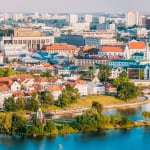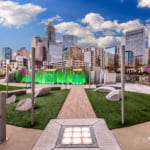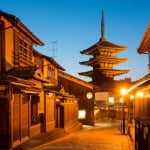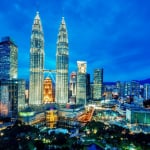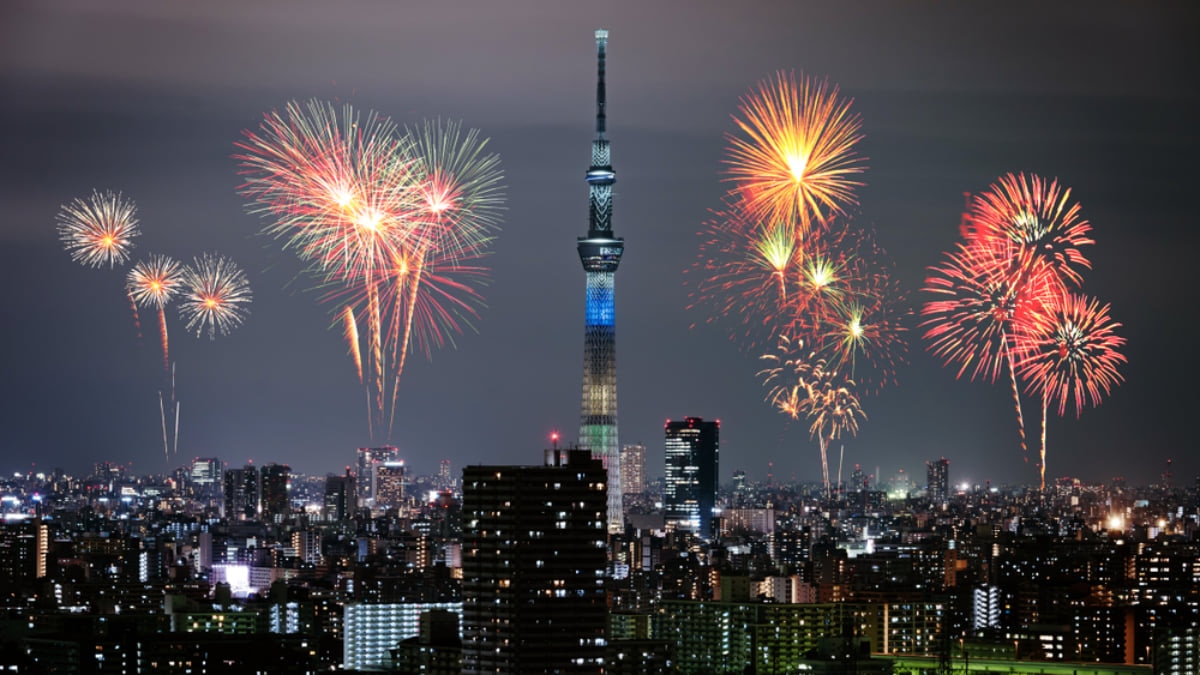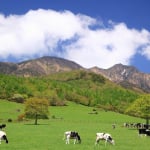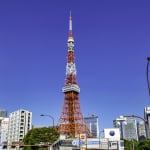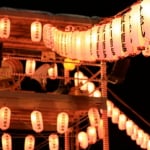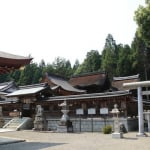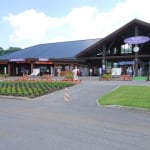With the world's most iconic sporting event just around the corner, people from all over the globe will be flocking to Japan's capital. Chances are you don't have tickets to every event in the Olympics, so you'll have some spare time to explore Tokyo while you're visiting. Here are some of the best things to do and places to see on a short trip to Tokyo this summer.
table of contents
[x] close
The Top 10 Things to Do in Tokyo During the Olympics
Temple Town Shibamata
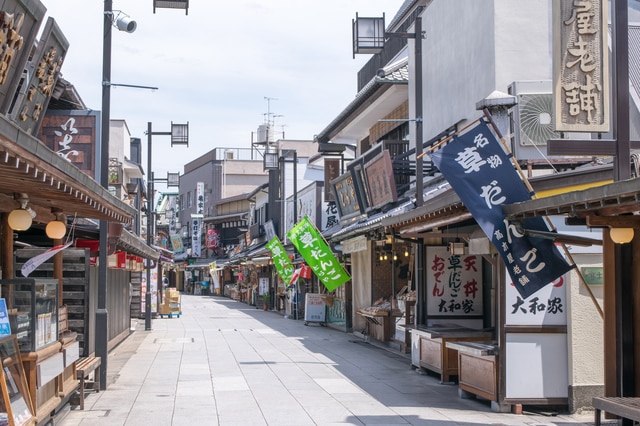
Photo by Masa/Pixta
Shibamata is an old-fashioned neighborhood on the eastern edge of Tokyo, about forty minutes from Tokyo Station by local trains. The town is famous among elderly Japanese as the set for 'Otoko wa Tsurai yo', a series of classic films about a traveling salesman called Tora looking for love. Shibamata's historic shopping street is a rarity in Tokyo, lined with traditional wooden shopfronts and vendors touting local specialties. The temple street leads to Taishakuten, an ancient Buddhist temple established in 1629 and rebuilt in 1929.
Shibuya Crossing

Photo by f11photo/Shutterstock
Arguably Tokyo's most photographed landmark, Shibuya Crossing is also known as the world's busiest pedestrian scramble, attracting millions of tourists each year. Whether seen from ground level or high up from the new Shibuya Scramble Square, the iconic image of this crowded pedestrian crossing, surrounded by flashing billboards and eye-catching neon signs, is a must-see while in Tokyo. Unlike most of the city's attractions, this spot just gets better the busier it is, making it the perfect place to check out during the Olympic season. Shibuya Crossing is conveniently located right outside the station, next to Hachiko Square, another of the city's beloved landmarks.
Meiji Shrine

Photo by superjoseph/Shutterstock
A stretch of greenery showcasing the traditional side of Japan wedged between the modern districts of Shibuya and Shinjuku, Meiji Shrine is a must-see for anyone traveling to the city for the first time. While places like Asakusa and Harajuku will be jam-packed with people, Meiji Shrine encompasses a huge area of land so no matter how busy it gets, you won't be cramped for space.
Summer Firework Festivals
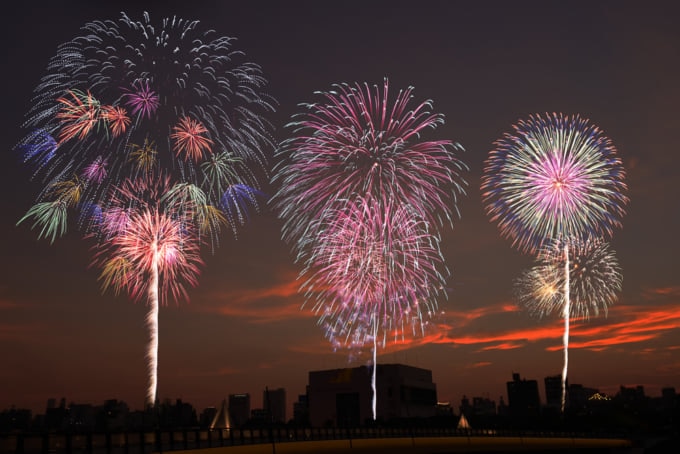
Photo by kenstockphoto/Shutterstock
The summer period in Japan is one of the best seasons to visit, while the heat can be a little stifling, this period is packed full of traditional festivities and firework displays. One of the largest displays in the city and even across Japan, the Sumidagawa Fireworks Festival falls on the 25th July this year, one day after the Olympic opening ceremony. If you're in Tokyo for some of the later events, there are also other smaller scale firework displays happening every weekend in August and into September.
Japanese Tea Ceremony
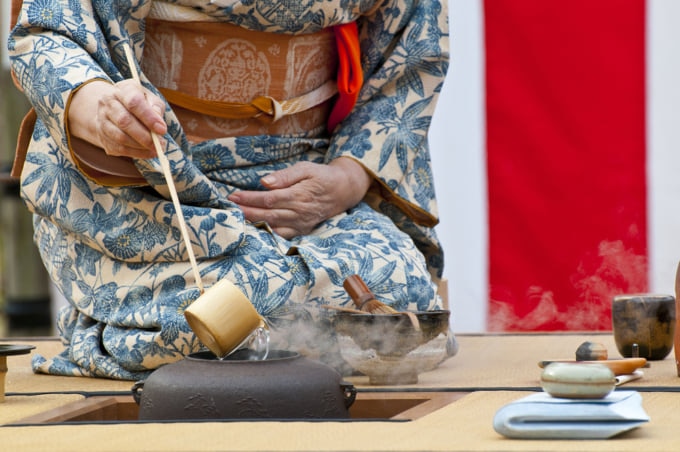
Photo by KPG_Payless/Shutterstock
To complete an authentic experience venturing into Japanese culture, you'll want to add in a tea ceremony somewhere along your trip. Unique to the island and different to similar ceremonies you might find in China, Japanese tea ceremonies are more of a performance than just drinking tea. You'll usually be offered wagashi, a kind of traditional Japanese sweet to go with your tea, which makes the perfect combination.
Japanese Craft Beer and Spirits

Photo by K321/Shutterstock
Japan's craft beer scene is booming, with bars and brewpubs popping up in every corner of Tokyo dedicated to handcrafted brews. Brewpubs, which brew their own beer on premises, offer a combination of exclusive product and low prices. Try out beers brewed with local ingredients like ume (Japanese apricot), rice and yuzu (a citrus fruit) at places like Vector Beer in Shinjuku, Ushitora in Shimokitazawa and Kobo in Asakusa. When dining at Japanese izakaya (traditional pubs) or bars, use this opportunity to try out timeless local favorites like umeshu (plum wine) and sake or shochu (rice liquor) in a lemon sour or oolong-hi.
Wear a Yukata

Photo by field Tree/Shutterstock
To complete your experience while in Japan, try on the local outfit while strolling around the streets. Yukatas are often the outfit of choice for local Japanese attending festivals during the summer. They're lighter and thinner than the more famous kimono, which most foreigners mistake a yukata for. While kimonos may look beautiful, they're a huge pain to put on, and can be unreasonably hot to wear in the summer months. Asakusa, home of Tokyo's most famous temple, is one of the most popular places to rent kimonos or yukatas from, but you'll also find places renting them in Shibuya, Shinjuku, Ginza and several other popular areas too.
You can also consider buying one instead of just renting, which makes a wonderful souvenir to take back. While kimonos are quite expensive to buy, yukata are usually much cheaper. You can usually pick a nice one up starting from just a few thousand yen, although handmade and high quality ones will usually cost much more. Department store shops in large malls will usually stock a range of yukata during the summer, even popular clothing stores such as Uniqlo often release their own line.
Take a Day Trip to Kawaguchiko

Photo by Guitar photographer/Shutterstock
Coming all the way to Tokyo and not getting a glimpse of the iconic Mt Fuji is simply not done. Chances are you won't be able to see it from Tokyo, although there are several viewing spots around the city, it's often covered by clouds or haze during the summer months. Kawaguchiko makes for a wonderful day or weekend trip from the capital, with plenty to do and see around the lake, many involving Japan's most beautiful mountain in the background.
The easiest way to get there is to take a direct bus from Tokyo or Shinjuku Station, which takes about two hours. If buses aren't your thing, you can also go by train, taking the Chuo Line and transferring at Otsuki Station.
Shinjuku Golden Gai
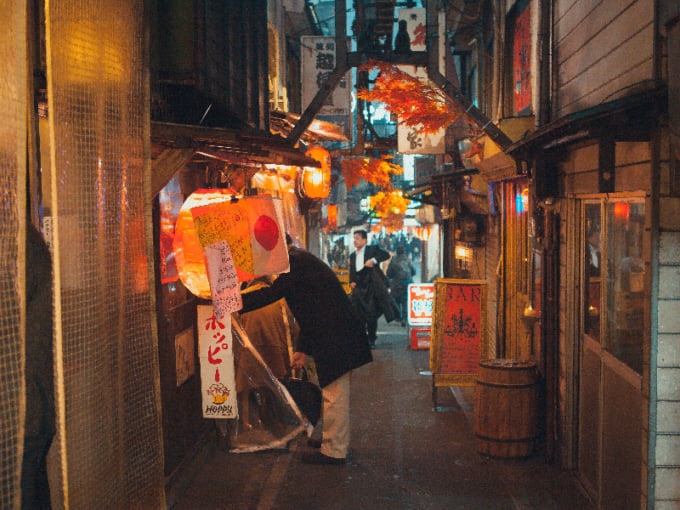
Photo by www.piqsels.com
Shinjuku is often seen as the nightlife center of Tokyo and there's no better place to start exploring its vibrant streets than Golden Gai. This network of narrow streets is crammed full of traditional bars, the perfect nightcap to a day touring the city. Much of Tokyo was once similar to this ramshackle area of bars, being redeveloped throughout the years. Nowadays Golden Gai is one of the last insights into what the city was once like. If you're planning to go there with a large group, note that most bars have seating for less than ten people so you may need to split up.
Tour Tokyo's Museums

Photo by www.pexels.com
Tokyo has a number of unique and interesting museums that warrant taking some time to check them out. TeamLab Borderless and Planets both offer an immersion into some of the most impressive digital artwork in the world. For a fascinating insight into the nation's history you might be interested in the Samurai Museum or the Edo-Tokyo Museum. There's even the Parasitological Museum and Sewerage Museum, which might seem extremely off-putting but both come highly recommended, though you might want to avoid it if you have a weak stomach.
Many of Tokyo's most popular and famous museums such as the Ghibli Museum and teamLab require reserving tickets online beforehand, especially during the busy Olympic period. Trying to buy tickets on the day is impossible for the Ghibli Museum and often difficult for teamLab's offerings, so make sure to plan in advance.
Conclusion
With so much happening at any given time in Japan's capital, touring the city while visiting for the Olympics is a treat like no other. There's a never ending list of things to do in Tokyo, but here's a sure starter of places, with most of them easily doable even during the most busiest of times.
